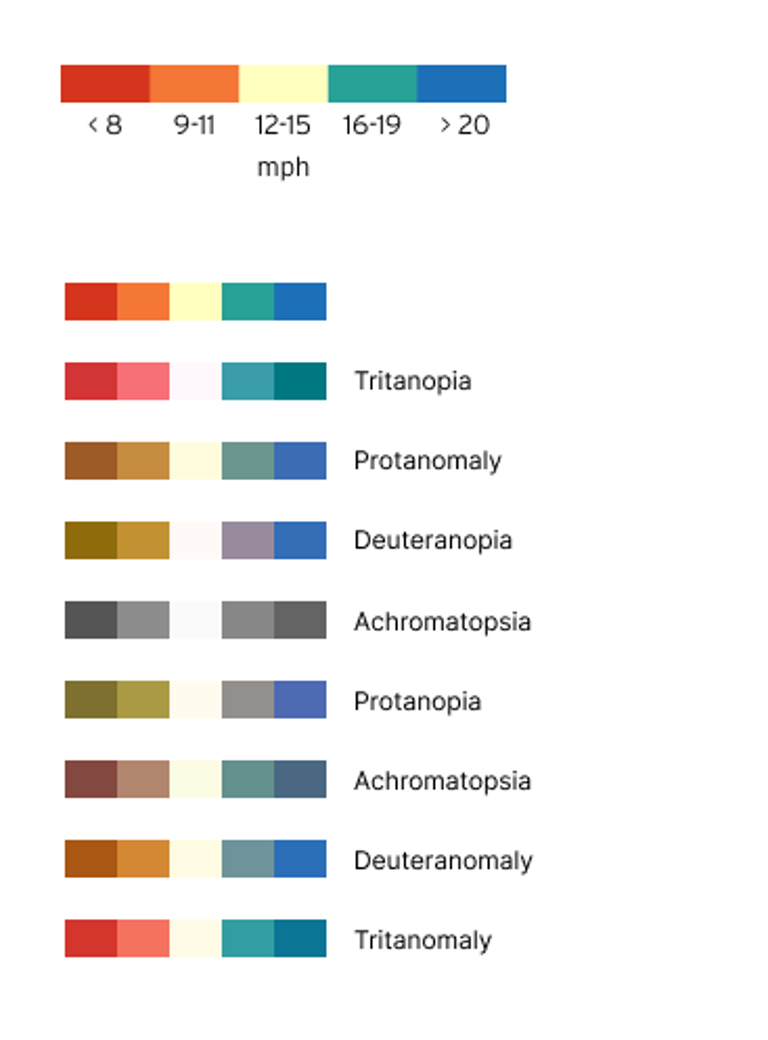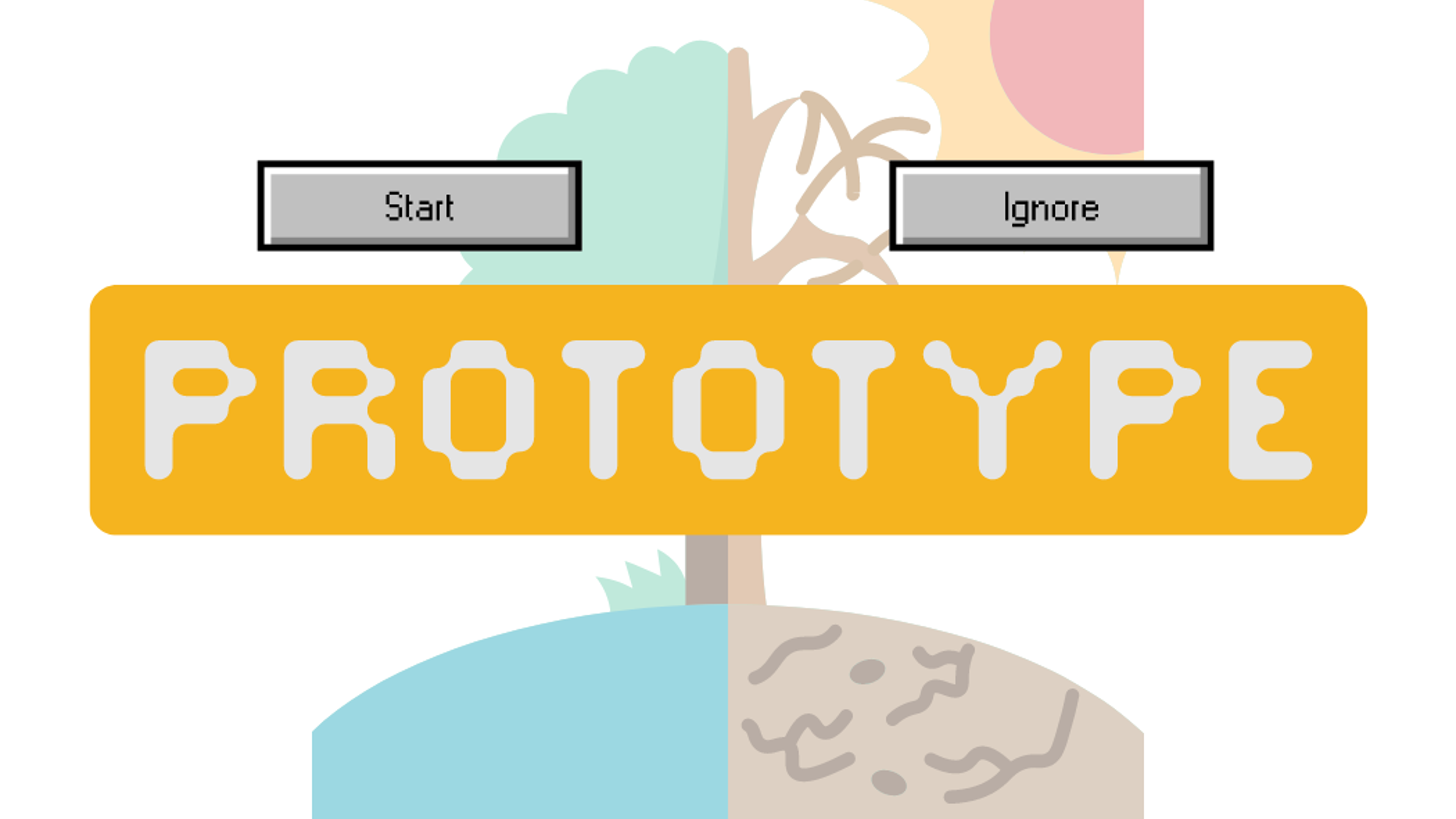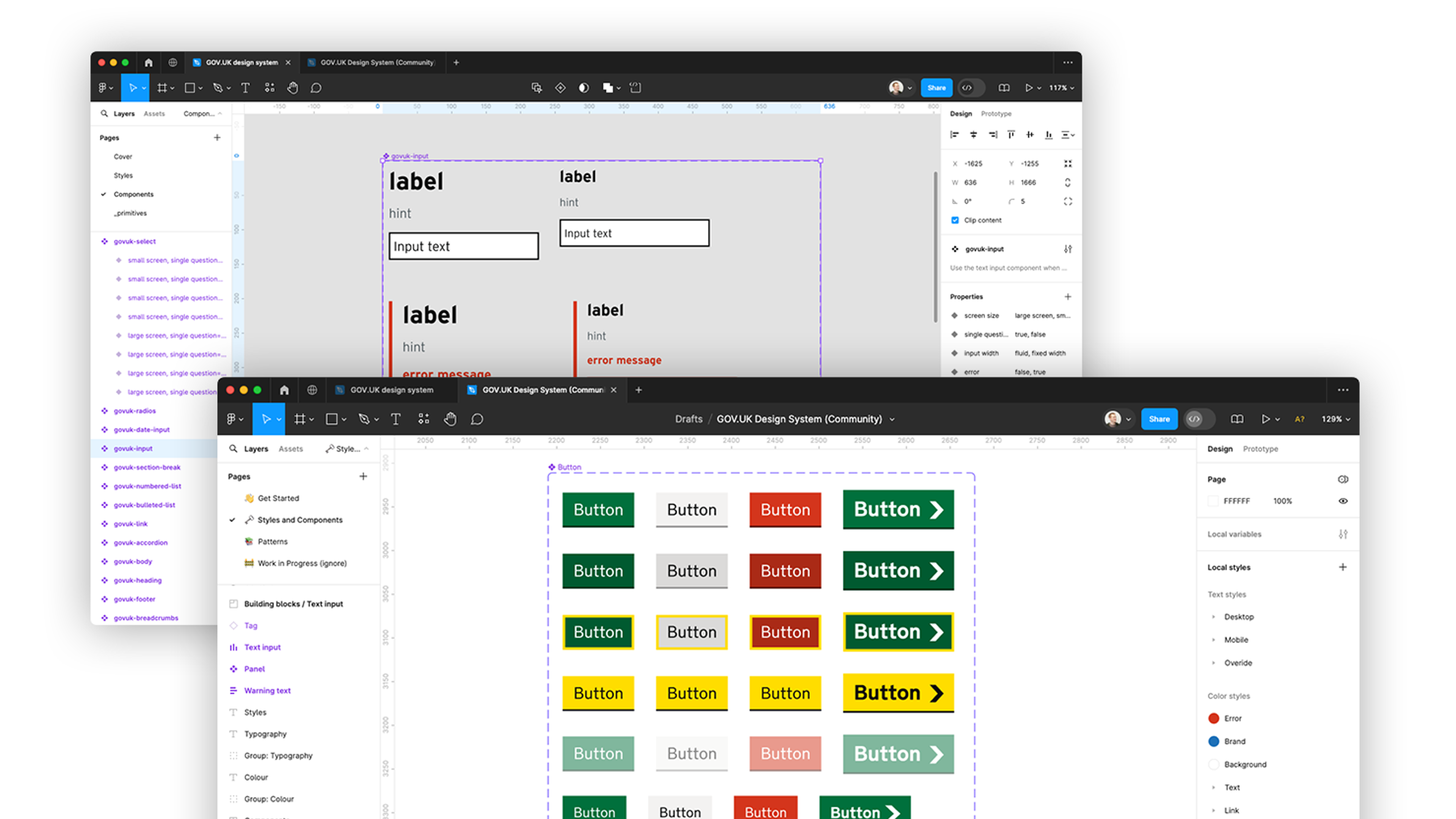Debunking digital accessibility myths

What is accessibility?
Let’s start by offering a definition of accessibility, digital accessibility or a11y. Digital accessibility is about creating solutions so everyone can use a software, website, or app meaningfully regardless of a person’s disability. A disabled user should therefore be able to perceive, understand, navigate and interact with a product without restriction.
There are other definitions or methodologies that are often used in a similar way but do mean different things. Here are some examples:
- Usability - products that are designed to be effective, efficient, and satisfying.
- Inclusion - to create products that understand and enable people of all backgrounds and abilities. It may also address accessibility but it also covers; age, economic situation, geographic location, language, race, and more.
WCAG Guidelines
Before we delve into the myths of accessibility it's wise to introduce the Web Content Accessibility Guidelines (WCAG). The current guide to implementing them is WCAG 2.1. Although WCAG 2.2 is due for official release later this year.
The guidelines mainly explain how to introduce accessibility to websites. But it's recommendations can be applied to any digital product, being actually mandatory in countries like Britain, as a guide to best practices in accessibility.
WCAG is primarily intended for:
- Web content developers (page authors, site designers, etc.)
- Web authoring tool developers
- Web accessibility evaluation tool developers
- Others who want or need a standard for web accessibility, including mobile accessibility
Let’s debunk some myths about accessibility:
Myth #1 Accessible digital products are expensive
Many product teams believe that accessibility is too expensive and time-consuming to implement. While it's true that making a product accessible requires some additional effort and resources, it's important to remember that it's an investment in your product's future. By designing with accessibility in mind from the beginning, teams can avoid costly retrofits down the road.
In addition, an accessible product has the potential to reach a larger user base, which can ultimately lead to increased revenue.
“Almost everyone will temporarily or permanently experience disability at some point in their life. Over 1 billion people – about 15% of the global population – currently experience disability, and this number is increasing due in part to population ageing and an increase in the prevalence of non-communicable diseases.“
- World Health Organisation
Myth #2 Accessibility makes design ugly or out-of-trend
Some people believe that accessibility means sacrificing design and functionality, but this is not the case. In fact, accessibility can enhance design and functionality, as it encourages designers and developers to think more creatively about how to make products more usable for everyone. For example, designing with colour contrast in mind can make a product more visually appealing and easier to use for people with low vision.
The image below is a simulation of colour vision deficiencies and can be used by designers in order to understand how their colours will be interpreted by varying types of vision.

When tasked to think in a different way, we’re driving innovation. In fact, many examples of everyday products evolve from technology developed by, or for, people with disabilities. When a business focuses its attention on accessibility as part of an overall diversity strategy they are often higher performing and more innovative.
Myth #3 Accessibility is not required by law

Digital accessibility laws in the UK exist for both public and private companies. Public companies must publish an accurate statement detailing how accessible their website is and identify any failures with a plan of when they are to be fixed. There are laws and regulations across the world.
Moreover, failure to comply with these laws and regulations can result in legal action, penalties, and damage to a company's reputation. For instance, in recent years, several high-profile lawsuits have been against companies that failed to make their websites accessible to people with disabilities. These lawsuits have resulted in significant financial settlements and damaged the companies' public image.
Therefore, it is important for product teams to understand that digital accessibility is not just a good practice, but a legal requirement. By making their digital products accessible, product teams can ensure compliance with the law, avoid potential legal issues, and provide equal access to all users.
Myth #4: Automated tools can ensure accessibility.
While automated tools can certainly be helpful in identifying potential accessibility issues, they can't replace human judgement and expertise. Automated tools can only catch certain types of issues, and they can't account for the full range of human experience
Automated tools use algorithms to check for accessibility issues based on established standards and guidelines. However, these tools are limited by their programming and cannot identify all types of accessibility concerns. For example, automated tools may not detect issues related to cognitive accessibility, such as language and reading level.
Therefore, it is important for product teams to understand that automated tools are just one aspect of accessibility testing. Automated tools should be used as a starting point, but should not be relied on solely for ensuring accessibility.
Conclusion
Digital accessibility is a critical component of product development that cannot be ignored. The myths surrounding digital accessibility only serve to hinder progress in creating inclusive digital experiences.
It's important for product teams to understand that a degree of empathy is required. Whilst further education into the realities of accessibility will have you better prepared to ensure products are accessible to those with disabilities.
Here at Fluent, we work with a variety of clients to ensure digital accessibility is a part of their government websites, healthcare applications, charity platform management tools etc. Ensuring users with a disability can fully participate in society.
Remember, accessibility is not a burden, but an opportunity to create better products for everyone.
Ready to solve your problems?
We'll help meet the challenges facing your growing business. Get in touch and tell us what you need, the team can't wait to hear from you.
Contact us
![2295X1200 Social Media [ All ] 01](https://fluent-umbraco-hwduaufvc9h8gbad.uksouth-01.azurewebsites.net/media/scujluzj/2295x1200-social-media-all-01.jpg?width=3840&height=2160&quality=70&format=Webp)

